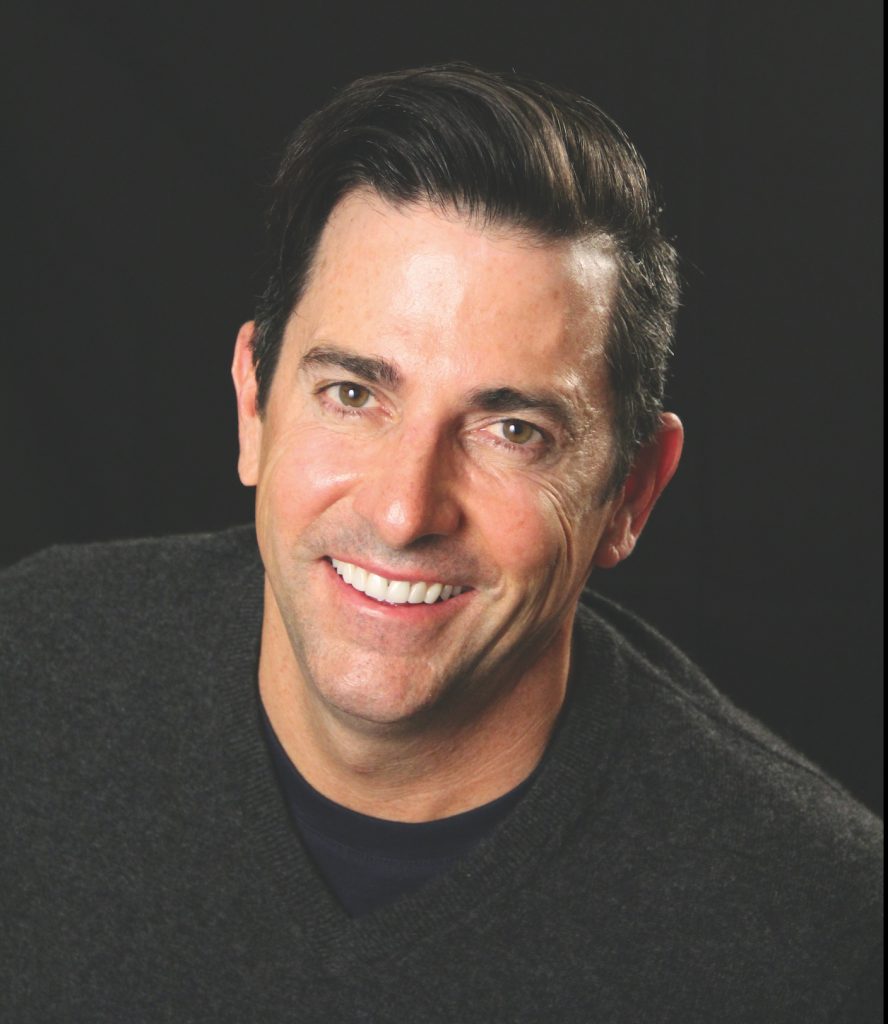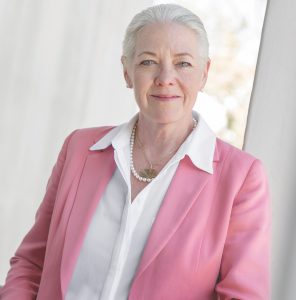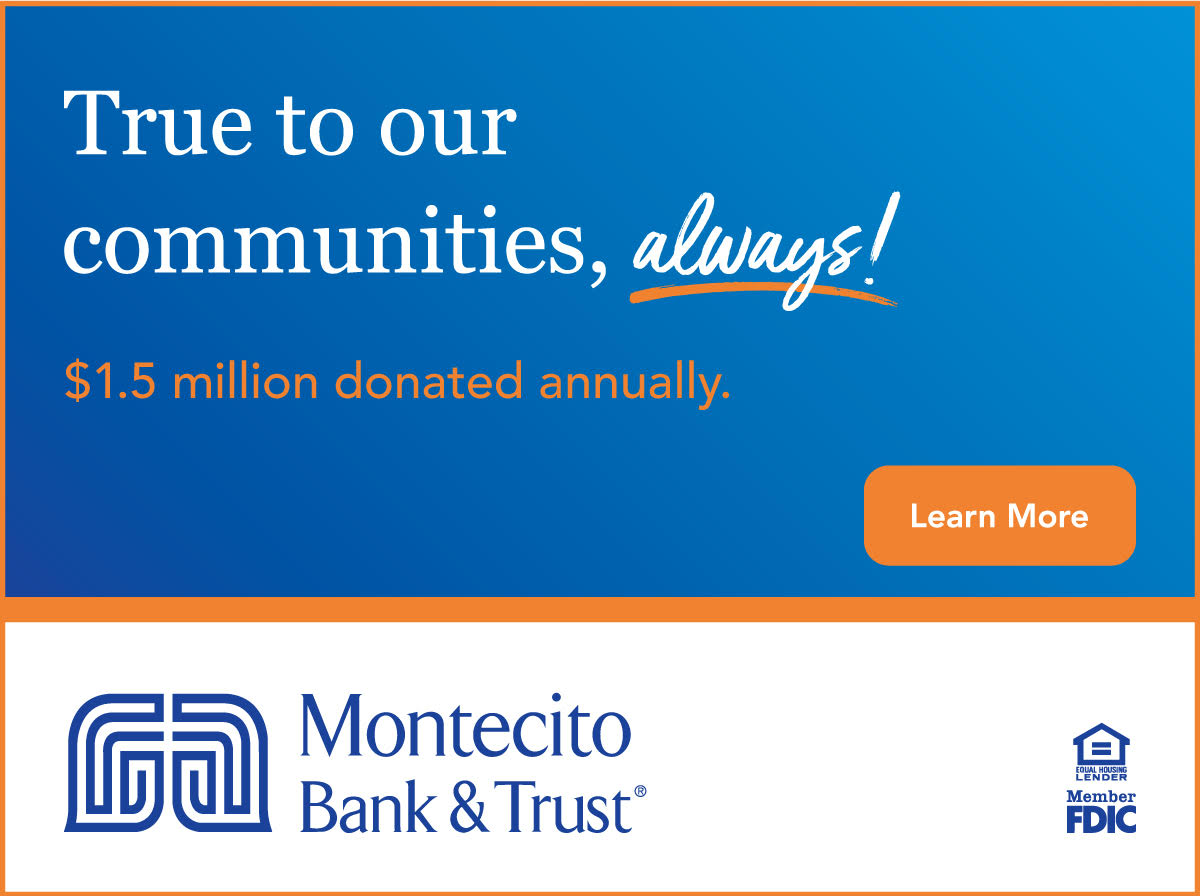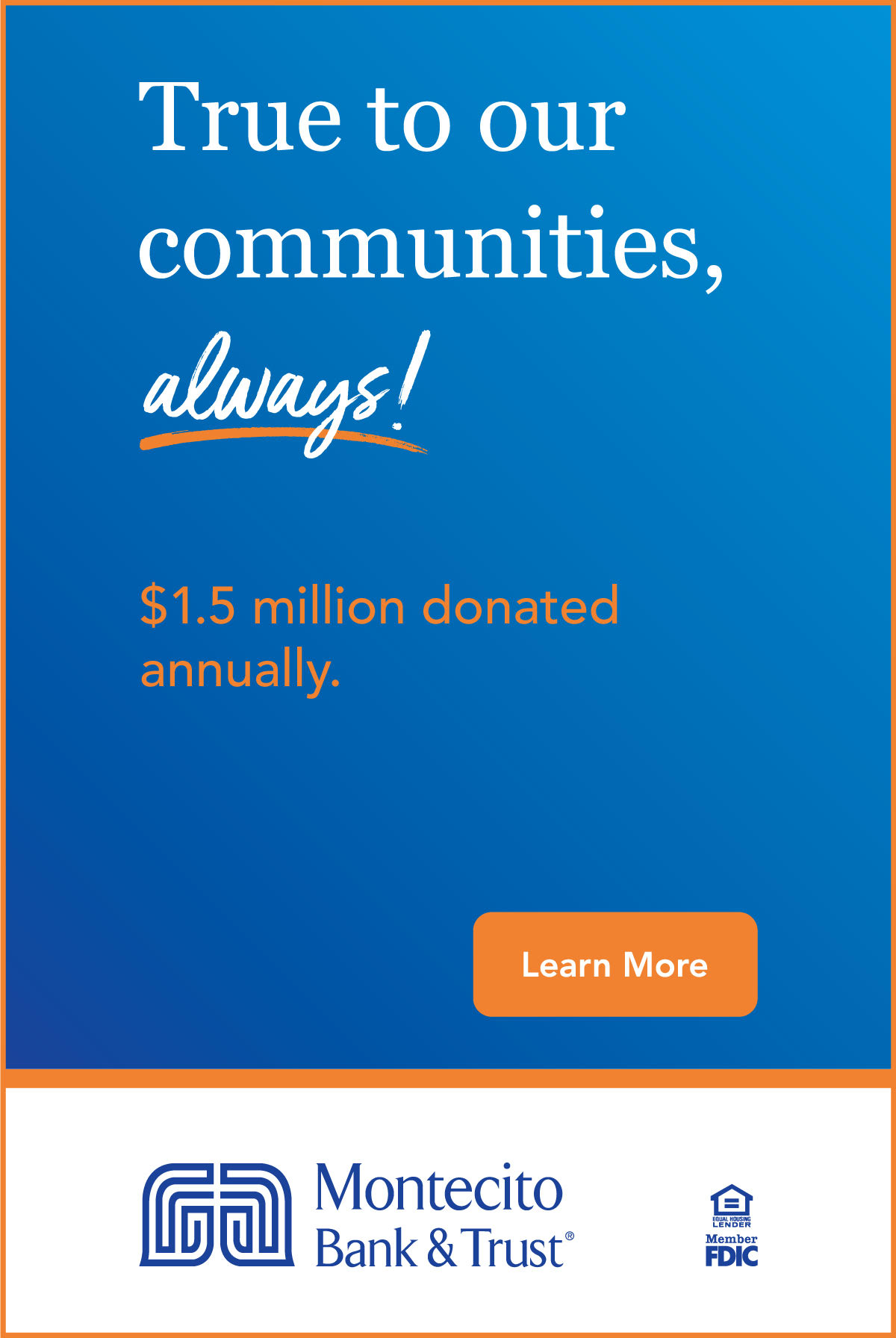My Rich Experiences

Thomas Rollerson is a natural-born empathizer and philanthropist – a condition that literally harks back to his birth. Driven by the loss of his husband, Timothy Scott Palmer, in 1994, Rollerson turned his grief into founding the Dream Foundation, a nonprofit dedicated to giving terminally ill adults end-of-life wishes. More recently, Rollerson has melded his decades of nonprofit experience into his current work as a philanthropic adviser with Advocates for All Things Good, helping givers make their donations more impactful and efficient.
For Rollerson, his journey into the social sector began with the early death of his mother at age 44. “My mom, Barbara Ward Rollerson, was the most elegant, graceful, and caring woman,” he says. “She was a famed equestrienne and a rising star. When offered a contract at MGM Pictures, she flew to Los Angeles, where she instead chose to follow her dreams to raise a family.” Thomas Rollerson was the last of five children. Shortly after his birth, Rollerson’s mother began an 11-year battle with multiple sclerosis that she ultimately lost. “As a result of her MS, which progressed very rapidly, she lost her ability to walk and talk shorty after I was born,” he says. “My father and all five children would visit her in the hospital, whereas being the youngest, I coveted the best spot next to her in bed. It was what we knew, but it was also hell and brutal. Looking back, I regret not knowing more about what she was going through.”
Intimately sensitized to the people with disabilities (Rollerson is thoughtful in putting “people” first before an adjective which describes anyone), he found his first job in the nonprofit world shortly after a trip to the Kennedy Center in Washington, D.C., to attend an Access Theatre production. “I was a successful businessman in my early 20s in New York when I saw a play by Neil Marcus, a playwright with a condition called dystonia – a disorder characterized by involuntary muscle contractions,” he says. “The play had a deep effect on me when I realized that my mom, whom – as a child our communication was so limited – was actually profoundly present in a body that could not cooperate. I was so moved by Rod Lathim’s production – which awoken me to realizing my own disabilities in perception – that I embraced the opportunity Lathim offered to serve as a company manager and never looked back. I guess I’ve always been guided by rich experiences more than material wealth. I wanted to follow my heart, not my wallet.”
Working with Lathim’s Access Theatre, which advocated for access to the arts for audiences and performers with disabilities, Rollerson spent years making 10% of his previous income but was thrilled with the job. “This was before the Americans with Disabilities Act, so we really helped shine a light on the lack of accessibility to the arts for all people, which I found tremendously rewarding, enriching and educational,” he says.
Rollerson’s next career move was also born from the adversity of someone close to him: his husband. “Timm had a terminal illness and I wanted to grant him a last wish,” he says. “That’s when I learned there was no wish-granting organization for adults, which gave me purpose to carry on in his memory” as he went on to begin the now-national Dream Foundation, which was founded with his friend Rod Lathim under the umbrella of Access Theatre.
Rollerson spent almost 20 years at the foundation before his resignation in 2014. His 30 years in nonprofit management taught him more than a little about the inner workings in the social sector. “Charity status alone does not define excellence in service,” he says. “Good practices, efficiency and outcomes do.” He wished to harness his years in nonprofit management to advise and report on truth- and transparency- and outcome-driven investments in the sector. “There’s a great deal of duplication of services and misinformation,” he continues, “and this has led me to the most critical and satisfying and diversified work I’ve done – the strategic work I’ve been doing since 2014 with donors and foundations. Helping philanthropists with vetting organizations and donate responsibly and effectively has been a profound honor.”
Rollerson says it’s imperative that funders look at nonprofits with the same critical eye they bring to any other business they’d invest in. “I apply a series of filters in order to create a menu of opportunities for my clients that match their passion and intention,” he says. “This creates bespoke philanthropy with optimal bang for your buck rather than an imprecise spray of inefficient giving.”
Still, after 30-some years working in and around philanthropy, Rollerson says he finds his greatest joy in what he calls “everyday charity – giving someone the parking spot. Giving someone a compliment. Buying someone coffee. Or, in my case, taking care of my father, who is 93,” Rollerson says. “I wasn’t sophisticated or conscious enough to help my mom when she needed it. So being able to understand my father’s needs in his sunset years is an incredible honor. I left home when I was 16. Today I appreciate every single day I have with my dad, which wasn’t always the case. We take care of each other.”
Thomas Rollerson
Thomas Rollerson’s Advice for Donors:
Give responsibly. Funds are in critical need locally, nationally, globally. Just as one gives due diligence to ones’ personal investments, the same practices must be applied to charitable giving.
Give Strategically. Focus on the issues you care most about and select best-in-class organizations. Limit duplication except where you want to help build partnerships. Treat your philanthropy like a balanced portfolio.
Take time to do the math and do the research. At Charity Navigator and at the IRS websites, you can review a nonprofit’s tax filings – including salaries and expenses – which provides you with a financial snapshot of an organization’s priorities and accountability. When it comes to charities and their efficiencies and inefficiencies, I always say “do the math,” although numbers alone may not apply to every organization. For example, an advocacy group would be expected to have higher administrative salary costs versus a program-delivery organization. Therefore, equally important is a qualitative approach, as you ultimately are trusting the leadership and its people to make good with your investment.
Thomas Rollerson’s Pivot Advice for Charitable Trends:
- Corporate social responsibility will be increasingly important for recruitment and retention and the bottom line.
- Greater transparency will be key to engage the next generation of savvy donors.
- Content delivery methods must change beyond direct mail and traditional newsletters to engage the next generation of philanthropists and keep up with technology.
- Private vs. public funding. Individual philanthropists and major foundations are learning that funding policy changes can benefit their mission more than investments in direct-service organizations alone.
- There is a push for boards to reflect those they serve and for these boards to include members of the communities they serve.
- Nonprofit boards will need to prioritize taking better care of leaders and all nonprofit employees for retention.
- Like a responsible donor, organizations will depend on responsible board members that invest in organization outcomes and returns just like a for-profit board.
- The major events of the past 18 months have shown a spotlight on some key issues – racial justice, voting rights, and public health education. Charities whose missions touch on these areas have an opportunity to make a real difference if they speak to the need for progress in these areas.
- Events will continue to change. Children of benefactors are not following the same patterns of philanthropy as their parents, opting out of black-tie events. The labor intensity of producing a splashy event can also distract an organization from meaningful stewardship of mission-driven donors, not to mention more reliable and sustainable sources of funding.
- Prepare for a continued rise in funds directed to climate crisis and disaster relief. Prepare with reserves.


